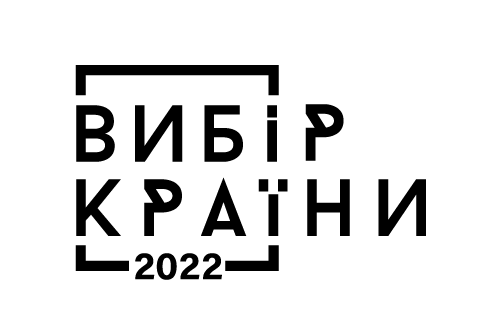Birthmarks removal in Kyiv
Why it is necessary to examine
Removal methods
Why exactly Esteva Clinic
Current prices and promotions
- Examination of neoplasms by experienced dermatologists
- Effective removal methods: radio wave, cryodestruction, CO2 laser
- Fast healing without scar
What are birthmarks
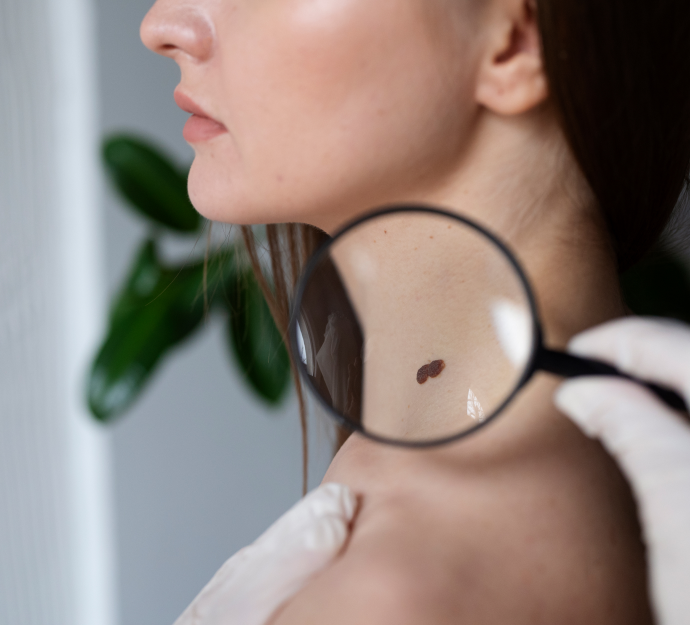
A birthmark is a skin growth that contains melanocytes (special skin cells) and the pigment melanin. Their color can vary from light brown to black. Moles have a second name – nevus.
Each mole has a certain cycle of development. Often, a nevus appears as a small, flat spot, but gradually it becomes convex. The height of this formation depends on the localization of melanocytes: if the mole is in the upper layers of the skin, it will be flat; if they are located deeper, it will rise above the surface of the skin. Such a structure is only a feature, it does not have a negative meaning. But the structure and appearance of the formation should be observed more carefully.
What you need to know about moles and their treatment
Moles are rare on babies. Usually, the main number of them appears in adolescence and adulthood. There are several reasons for the formation of new birthmarks on humans:
- heredity;
- the sun and UV radiation (excessive exposure to direct sunlight or in a solarium leads to excessive production of melanin, which causes birthmarks). Most often, new birthmarks appear precisely because of the influence of sunlight on the skin;
- hormonal changes (both in teenagers and in adults);
- viruses and injuries.
Why histology is important
Histological examination is the study of a tissue sample at the cellular level. The results of the histological examination confirm or deny the previous diagnosis, determine the tactics of treatment of the disease. This procedure is used to diagnose cancer and other diseases.
This type of examination is indicated for all patients who consult a dermatologist for the removal of a suspicious nevus or neoplasm that is often injured and bleeds. Sending mole tissues for histological examination is mandatory.
Dermatoscopy - what it is and why it is performed
Dermatoscopy is the most common diagnostic method, which is performed using a dermatoscope medical device. The procedure allows you to examine birthmarks, to reveal the degree of their threat to human health. The dermatoscope magnifies the image tenfold, which allows you to carefully study the skin formation, determine the size, exact shape, color, and also consider the structure. Based on the results of dermatoscopy, the doctor makes a conclusion as to whether it is possible to leave the mole or whether it is better to remove it.
The procedure is absolutely painless and harmless. It should be performed annually by every person who has moles. This diagnosis is especially indicated for owners of a large number of moles that differ in color and size. Regular diagnostics help to identify changes in the structure of moles and, if necessary, to solve the problem in the early stages.
Why moles need to be examined and sometimes removed
A birthmark is essentially a benign formation. It is formed from immature or changed cells of the epidermis. Most often, a birthmark does not threaten life or health and affects only the aesthetic perception of a person’s appearance. But in some cases, these formations later increase in size, penetrate deeper, change the structure, and in this case, the nevus can harm not only health, but also life.
To determine the degree of danger of a mole, there is an ABCDE test:
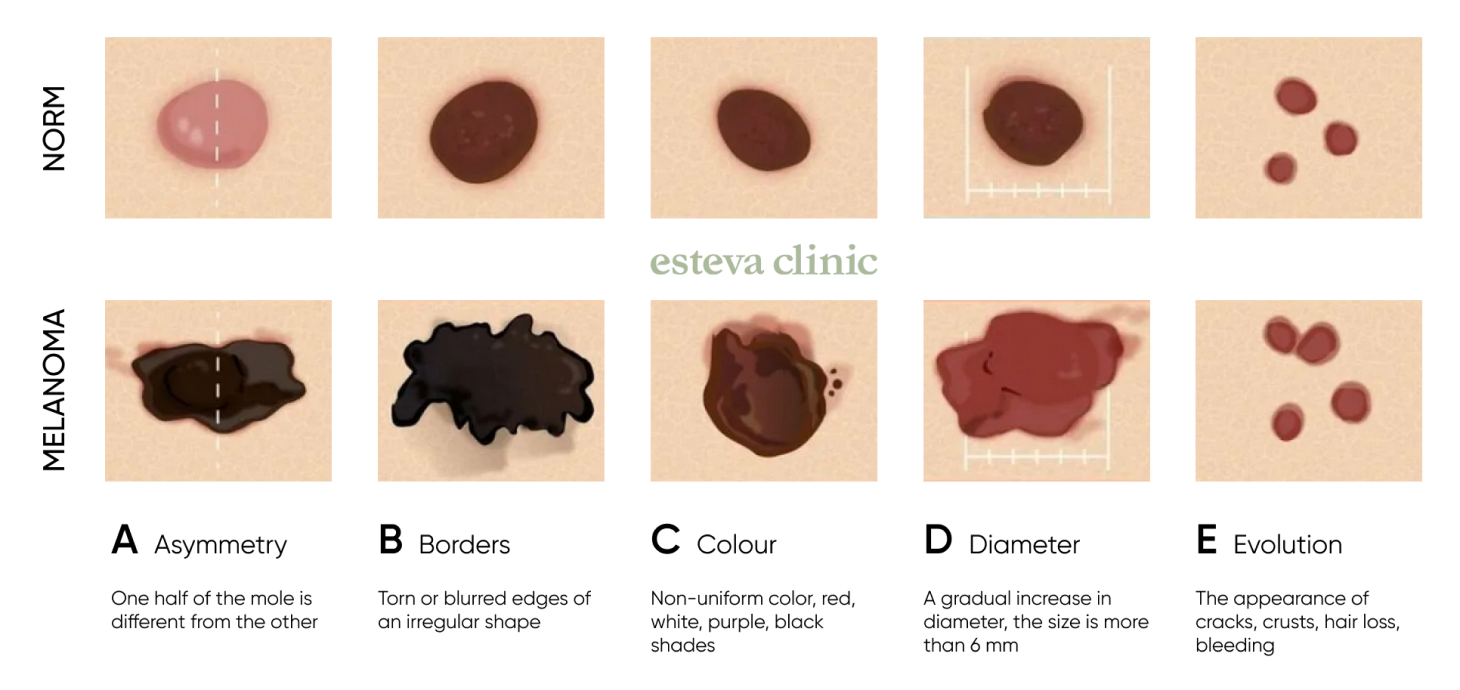
- A is “asymmetry”. The birthmark changes shape and becomes asymmetrical.
- B is “borders”. In a good-quality education, the contour should be smooth, not torn.
- C is “colour”. A safe formation has a brown color, a uniform tone over the entire surface. If the nevus becomes red, white, dark purple, black or initially colored in several colors at once, it should be studied in more detail.
- D is “diameter”. Moles should have certain, fixed sizes. If it gradually increases in diameter, this may indicate pathological processes.
- E is “evolution”. A change in the shape, structure or size of the skin is meant.
Regular observation of one’s own birthmarks, high-precision diagnostics, removal of unwanted formations help preserve health and life. You should consult a dermatologist as soon as the first changes in the appearance of the nevus are noticed. The doctor will conduct a visual examination, perform a dermatoscopy and, based on the results of the examination, will provide recommendations for further actions.
What moles should be removed
All moles can be divided into two main categories: benign and malignant.
Benign ones usually do not need to be removed unless there are special indications. But benign moles can turn into malignant ones if certain safety rules are not followed (in particular, active ultraviolet and radio wave radiation).
Malignant moles pose a certain threat, they require careful monitoring. They are often removed, because – in the case of moles – the earlier the problem is eliminated, the more likely a positive result and the lower the risk of developing an extremely dangerous disease – melanoma.
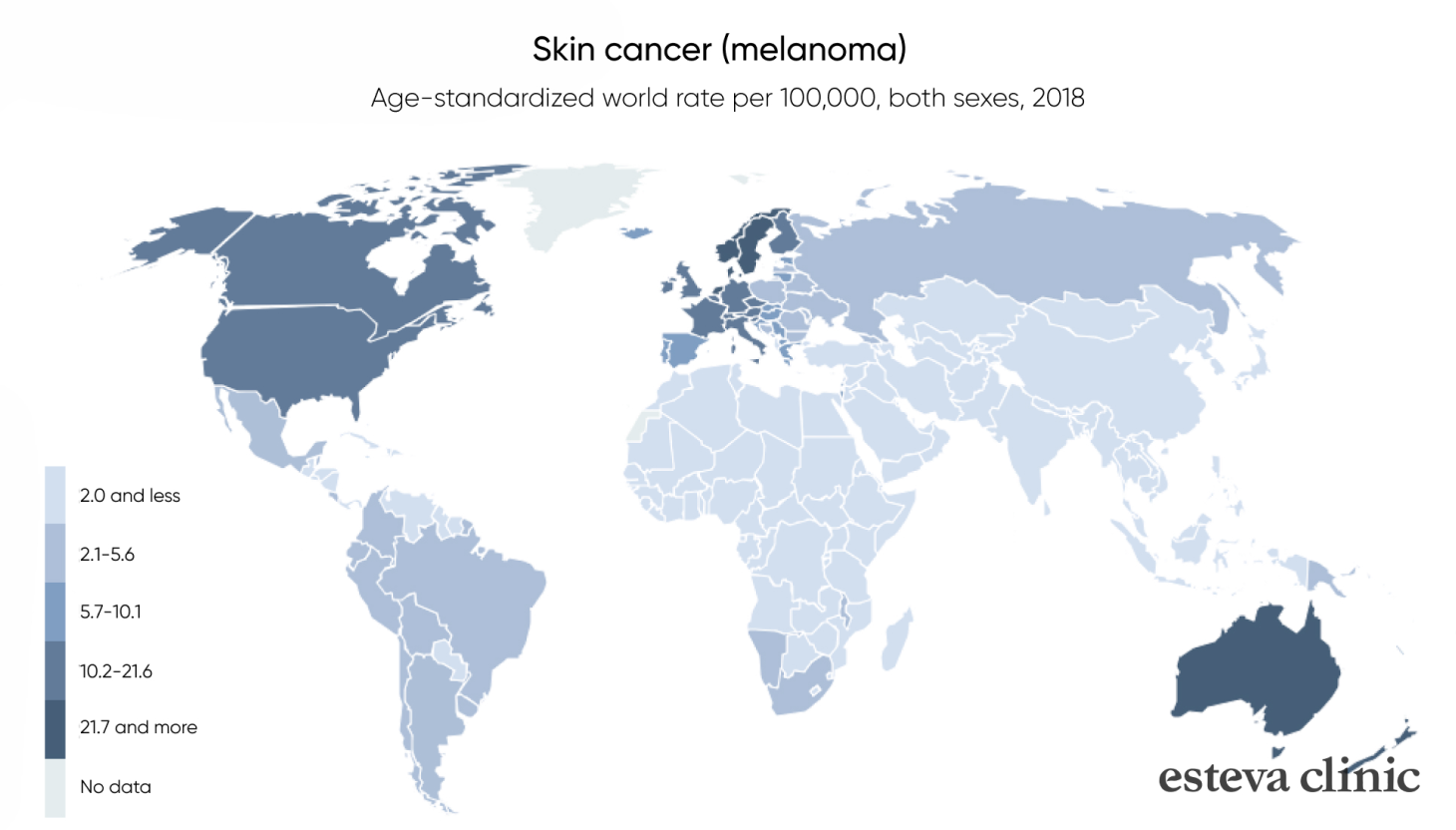
A birthmark should be removed if:
- it changed shape, size, color;
- inflammation or swelling appeared around it;
- the integrity of the structure is broken, peeling or crusts have appeared;
- the density of the birthmark has changed – it has become either too dense or, on the contrary, much softer;
- from the very beginning has a large diameter – more than 6 mm;
- this formation causes psychological or physical discomfort;
- the birthmark is located on a part of the body where it is constantly touched by clothing.
How to properly treat birthmarks
The easiest way to get rid of a mole is to remove it. This is also the most effective way. In addition, it is fast: the procedure itself takes a few seconds. First, you must consult a dermatologist: the specialist must assess the nature of the formation and choose the most appropriate method of removal. In some cases, before removal, a histological examination is performed to obtain additional information. The dermatologist will also give recommendations on skin care during the recovery period.

How to remove a birthmark or nevus
At Esteva Clinic, we offer the most effective methods of removing neoplasms. Today, this is removal using radio waves, liquid nitrogen (cryodestruction) or a CO2 laser.
Radio wave method
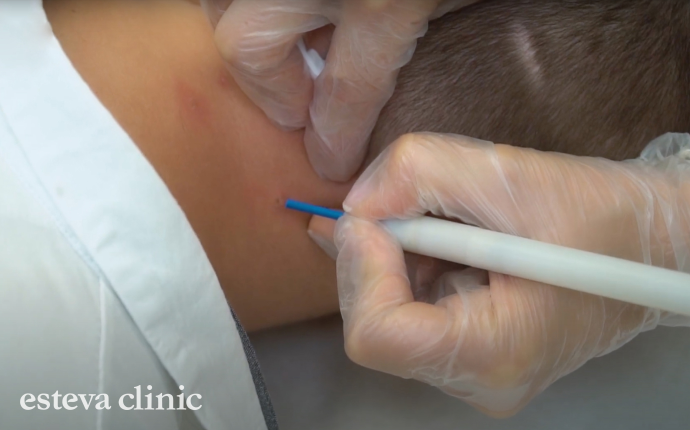
When using this method, radio waves are directed to the problem area, destroying the cells of the birthmark. As a result of such exposure, the birthmark decreases in size until it disappears completely. The radio wave method of removing formations can be used not only on the skin, but also on a more delicate area – the mucous membranes.
20 minutes before the procedure, a local anesthetic is applied to the area with the formation – it helps to avoid discomfort.
Then the direct impact of radio waves begins. When removing formations on the hands or feet, at the discretion of the doctor, an additional procedure may be required – curettage (tissue scraping). It allows you to make sure that the nevus is completely removed.
The skin recovers quickly – within a week after the procedure.
Advantages of the radio wave method:
- the epidermis surrounding the skin remains intact;
- local anesthesia completely relieves pain.
The radio wave method is suitable for removing moles in the following areas:
- face;
- neckline, chest, armpits,
- hands (especially palms).
Removal of moles by cryodestruction (liquid nitrogen)
Cryodestruction is the removal of skin neoplasms using liquid nitrogen. When applying the method, ultra-low temperatures are applied to the neoplasms, as a result of which the tissues of the mole are destroyed. Cryodestruction is suitable for removals that do not require histological examination.
Thus, moles and nevi are not removed with liquid nitrogen!
Laser method
One of the most popular technologies today. The principle of removal is similar to the radio wave method, with the only difference being that a laser beam is used here. Healthy skin around the tumor is not affected, no scars remain after the procedure.
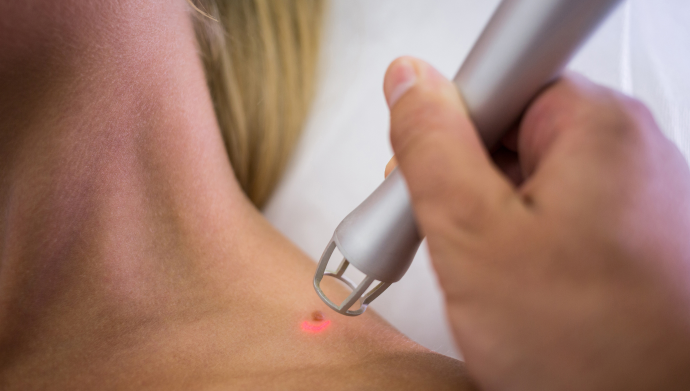
Laser removal of birthmarks is especially often used in difficult areas:
- on the fingers and toes, in the immediate vicinity of the nail plates;
- on the feet, in particular – on the soles.
Laser and radio wave methods are two representatives of the “gold standard” for removing not only moles, but also other formations on the skin: papillomas, hemangiomas, warts.
How does the removal work
Regardless of the chosen method (radio wave or CO2 laser), it will definitely be:
- quickly;
- painless;
- safely.
The active stage of work takes less than a minute!
Understanding how the process of removing benign growths will work helps clients stay calm and positive.
We have tried to answer the most popular questions that we are asked on this topic. All the answers are collected in a video that we offer for viewing.
Removal of birthmarks – photos before and after
Frequently asked questions about mole removal
Removal of moles at Esteva Clinic will not make significant changes to your usual lifestyle. Immediately after the procedure, you can return to most daily activities.
The birthmark is removed completely. But if the factor that caused the appearance of this formation remains in the body, it is quite possible that a new birthmark (nevus) will appear nearby or in another place on the body.
Both methods of mole removal are effective. Which one is more suitable in a specific case, the dermatologist will tell you after performing a dermatoscopy.
Advantages of removing moles and nevuses at Esteva Clinic
- We are professionals in our field – we employ extremely experienced dermatologists.
- At Esteva Clinic, three main methods of removing benign skin neoplasms are available – radio wave method, cryodestruction and CO2 laser. These are fast, painless and bloodless removal methods.
- Digital dermatoscopy and histology are performed in the clinic.
- Esteva Clinic is an official partner of the Skin Checker social project (La Roche-Posay company), which is designed to fight against malignant skin neoplasms.
How much does mole removal cost
Видалення родимок та невусів
| Назва процедури | Ціна, грн |
|---|---|
| Консультація дерматолога обов’язкова | 790 |
| Контроль після видалення з 30 по 45 день | Безкоштовно |
| Родимки, травмовані новоутворення, невус, поліпи - видалення з гістологією новоутворення до 1 см | 2300 |
| Родимки, травмовані новоутворення, невус, поліпи - видалення з гістологією новоутворення до 2 см або на повіці | 3300 |
| Родимки, травмовані новоутворення, невус, поліпи - видалення з гістологією новоутворень до 1 см до 3 шт | 5900 |

